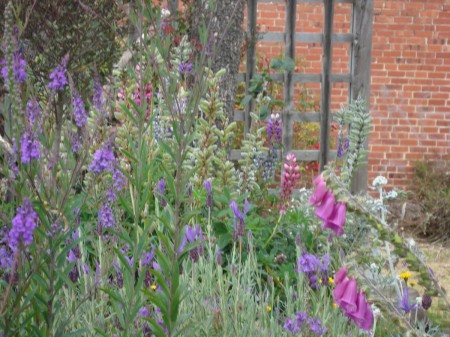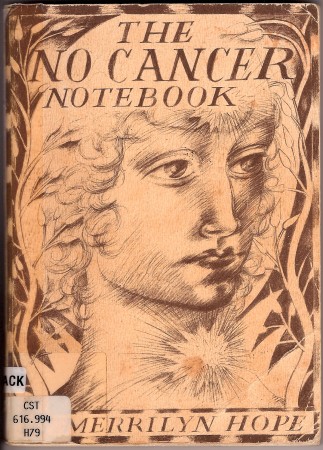Our Global Environment
This article is to introduce you to Dr Cedric Woods, PhD, and his BioLists and NatureWise websites.
Today is St Patrick’s Day, 2017, and a wonderful sunny day it is too, here in Dunedin.
I decided to take a bus trip to Portobello, out on the Peninsula. This is a gorgeous drive along the sea shore, which reminds me very much of Waiheke Island in all its former glory, before the island got vamped up by the greater Auckland Council, and was almost denuded of all its roadside plants and healthful weeds.
Kerbsides all over the country, and around the world, are so often sprayed heavily with what I guess is RoundUp/glyphosate, which is mainly to blame for the disappearance of many old garden plants and valuable weeds. This poison has been declared as ‘a probable cause of cancer’ by WHO, World Health Organization.
I believe that Waiheke is not currently using glyphosate/RoundUp on kerbsides, but nevertheless, much of Waiheke’s former beauty has been lost with the commercialization of Waiheke as a tourist destination.
These days, native plants are everywhere in abundance on Waiheke, which is a good thing, but these do not have the wonderful colour and variations of size and texture which we had before, and all the self-sown fruit trees which grew along the roadsides have been plucked out.
A good thing to be planting natives, but these have no colour except green and brown. And so we also need the loveliness of things such as flowering magnolias, camelias, rhododendrons, oak, beech, silver birch, and fruiting trees to colour up the green and brown gardenscapes which New Zealand councils seem to be encouraging everywhere.
Anyhow, today’s was a lovely trip. At Portobello, nature is abundant, with many varieties of English trees and exotics still to be found, growing in gardens and on the roadsides.
I bought a very nice pie for $4.00, which I had time to eat by the sea-shore, seagulls and sand all steaming in the sun, before the bus headed back to Dunedin.
On the way home, I met a very interesting Irish gentleman, a Mr Cedric Woods, PhD, who was on his way to join his wife in town, where they planned to celebrate St Patrick’s day in the traditional way. We very soon began to talk enthusiastically about the state of the world and what we could do about it. We both thought Angela Merkel is on the right track, leading Europe and the rest of the world at the moment, in terms of conservation and political, or social and humanitarian issues.
Mr Cedric Woods is a scientist who has the website www.BioLists.com Cedric has worked in Libya, in Ireland, and many other places around the world.
He also has a site called [email protected]
I was so impressed by Cedric’s world-view, humanitarian approach to life and environment, I promised to put up a wee post about him and his work today, so that people may find his sites and hear what he has to say. He has some interesting and sound ideas on how to fix many of the worls’s problems.
Mr Wood’s card reads ‘Today’s good Taxonomy is tomorrow’s good Ecology and Conservation’. I have not yet had time to explore his websites, but he apparently has listed every known plant on his BioLists website.
.


